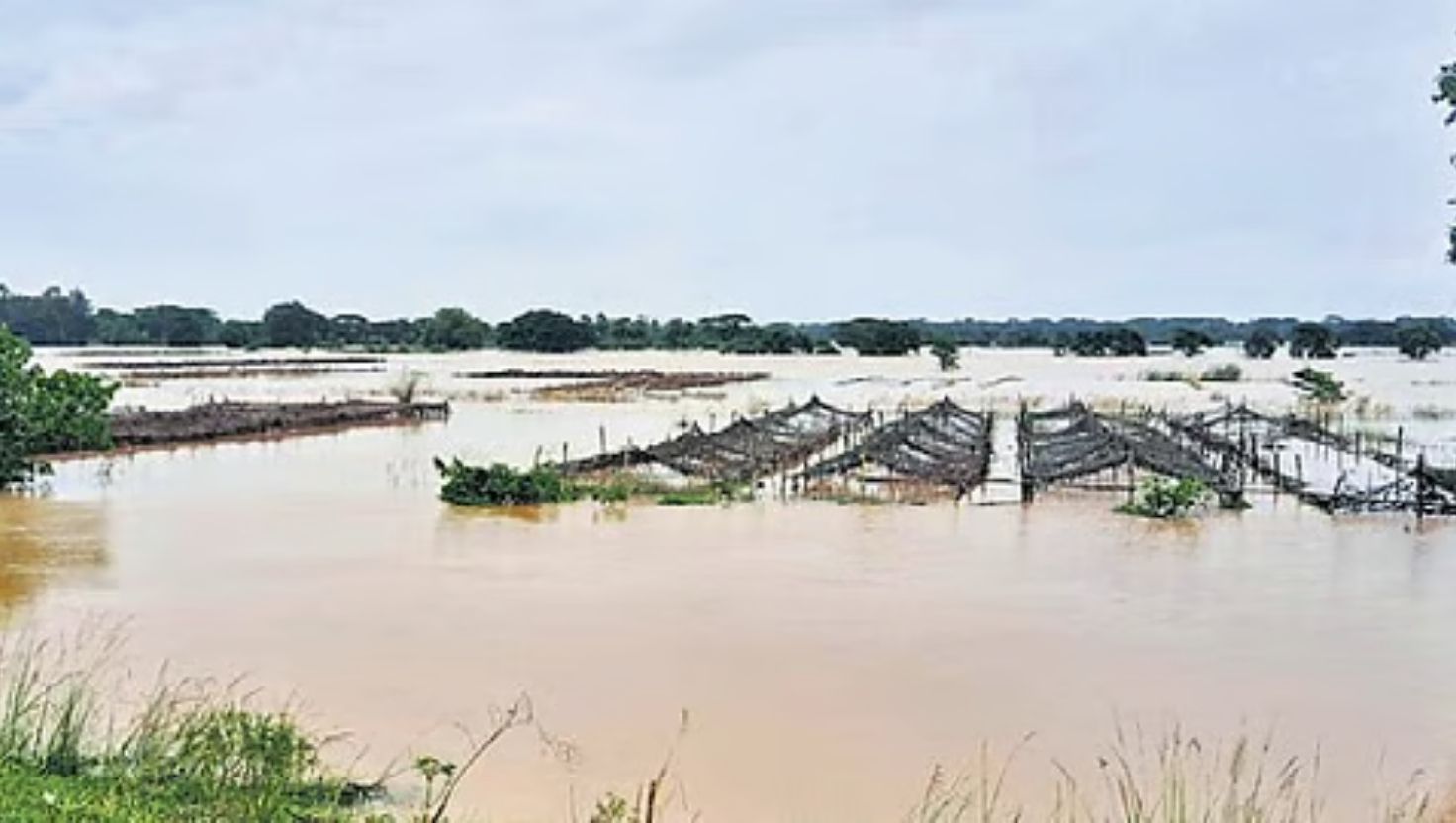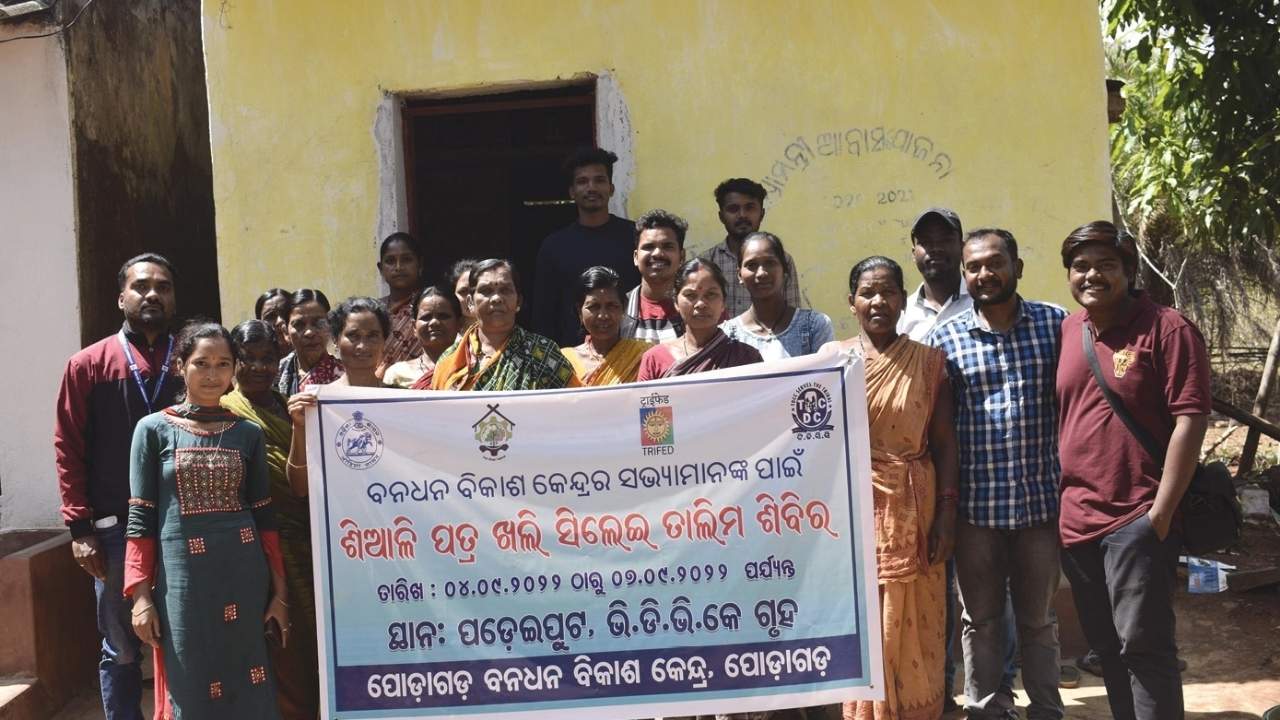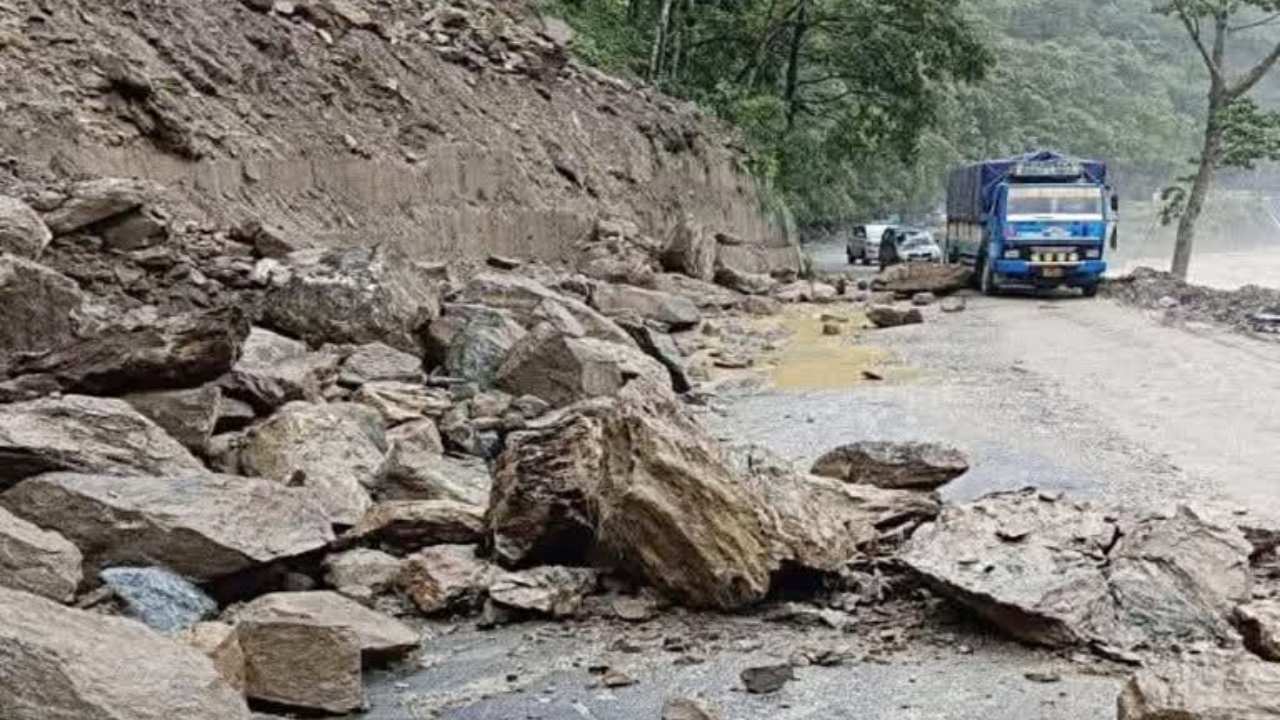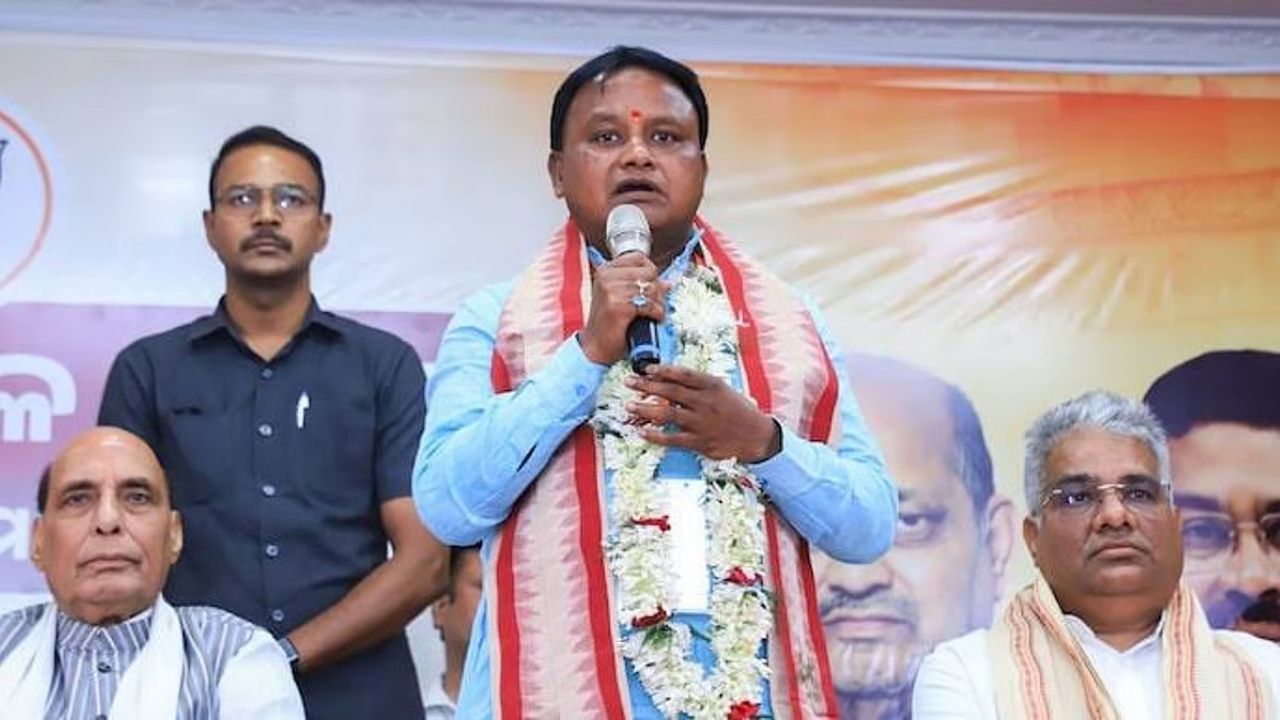Kendrapara, Odisha – Recent monsoon floods have caused extensive damage to agricultural lands in Odisha’s Kendrapara district, severely impacting farmers. Thousands of hectares of paddy saplings and standing vegetable crops have been submerged, raising significant concerns about food security and the livelihoods of local farmers. This agricultural setback follows relentless rainfall and the subsequent swelling of major rivers in the region.
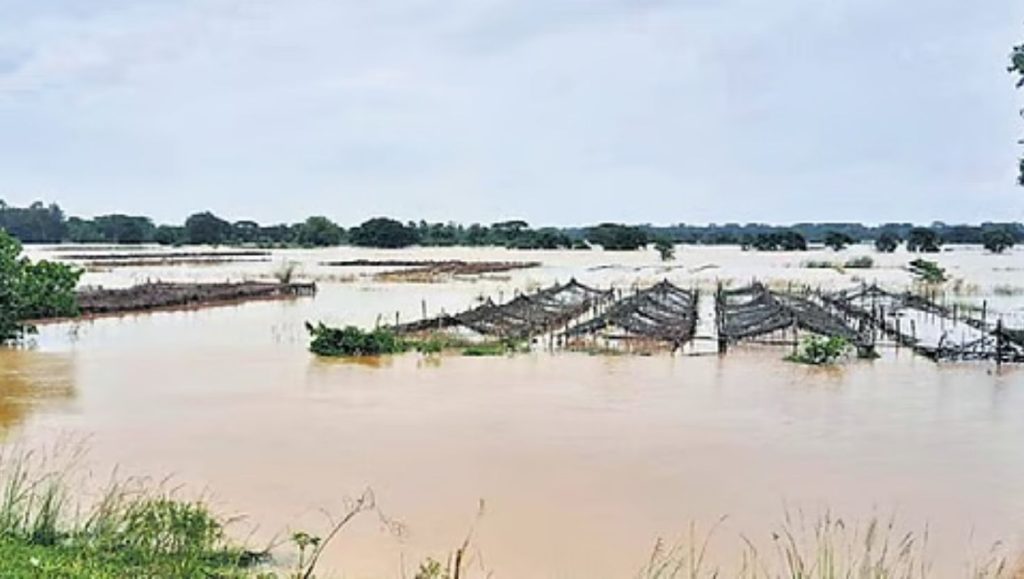
Widespread Damage Across Kendrapara’s Farmlands
The district’s agricultural sector, a primary source of income for a significant portion of the population, has borne the brunt of the deluge. Initial assessments by the Odisha State Agriculture Department indicate that approximately 25,000 hectares of farmland across several blocks, including Rajkanika, Aul, Pattamundai, and Marsaghai, have been affected. The inundation has been particularly detrimental to early-stage paddy saplings, which are highly vulnerable to prolonged submergence.
“The situation is dire. Many farmers had just transplanted their paddy saplings, and now they are completely underwater,” stated Dr. R.K. Mohanty, a senior agronomist with the Odisha University of Agriculture and Technology, in an interview on August 2, 2025. “Beyond paddy, crucial vegetable crops like gourds, beans, and leafy greens, which provide daily income for many small-scale farmers, have also been destroyed.”
The floods were exacerbated by the incessant rains over the past week, leading to a rapid rise in water levels in rivers such as the Baitarani, Brahmani, and Kharasrota. Embankment breaches in certain low-lying areas further compounded the crisis, allowing floodwaters to spread rapidly into cultivated fields. Local reports indicate that in some villages, water levels reached up to two meters, completely submerging crops and rural infrastructure.
Impact on Farmers and Livelihoods
The financial repercussions for farmers in Kendrapara are expected to be substantial. Many farmers, already grappling with the economic uncertainties of agriculture, had invested heavily in this kharif (monsoon) season’s cultivation, often taking loans for seeds, fertilizers, and labor. The destruction of crops means a direct loss of investment and anticipated income.
“We have lost everything,” lamented Sunil Das, a farmer from Rajkanika block, speaking to local media on August 1, 2025. “My entire field of paddy saplings is gone. How will I feed my family? How will I repay the loan I took?” Such sentiments are echoed by countless others across the affected areas, highlighting the immediate humanitarian aspect of the agricultural crisis. The Kharif season is critical for the region’s food production, and significant damage at this early stage could lead to long-term economic hardship.
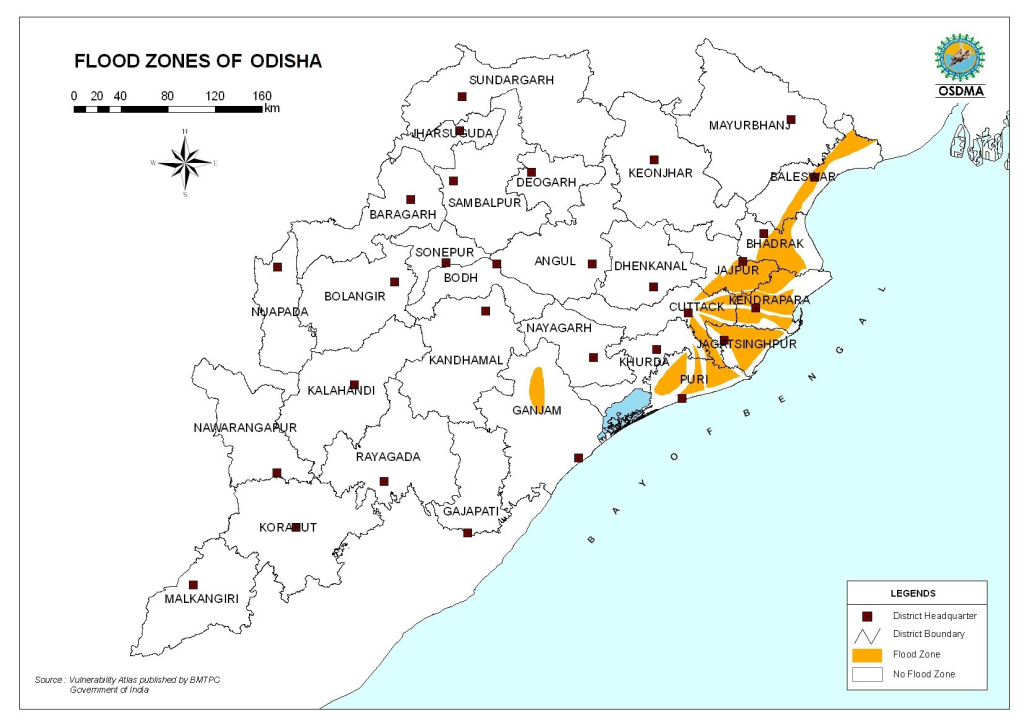
Government Response and Relief Efforts
The Odisha state government has initiated rapid assessment surveys to ascertain the precise extent of agricultural losses. Chief Minister Naveen Patnaik has directed district administrations to provide immediate relief to affected families and to expedite the assessment process for compensation. Teams from the Department of Agriculture and Farmers’ Empowerment are conducting on-ground surveys to prepare detailed reports, which will form the basis for financial assistance and input subsidies for re-sowing where feasible.
“Our priority is to provide immediate relief and support to the farmers who have lost their crops,” stated Agriculture Minister Ranendra Pratap Swain during a press briefing in Bhubaneswar on August 3, 2025. “We are committed to helping them recover from this natural calamity.” The government is also exploring options for providing alternative livelihood support and necessary agricultural inputs for a second round of sowing if weather conditions permit. However, the window for re-sowing paddy is rapidly closing.
30,000 Lives Disrupted but Floods Now Under Control—CM Majhi’s Statement Raises New Questions
CM Mohan Majhi Takes to the Skies for Aerial Survey of Odisha’s Flood-Hit Districts!
Odisha’s Kharif Season Sees 15% More Rainfall Than Expected, Flood Risks Increase
Long-Term Concerns and Climate Change Context
Beyond immediate relief, the recurrent nature of floods in Odisha, particularly in coastal districts like Kendrapara, raises long-term concerns about agricultural resilience and climate change adaptation. Scientists and environmental experts frequently link the increasing intensity and frequency of extreme weather events, including heavy rainfall and subsequent flooding, to global climate patterns.
“Odisha is particularly vulnerable to climate change impacts, given its long coastline and reliance on monsoon-dependent agriculture,” noted Dr. Priya Sharma, a climate resilience expert at the Indian Institute of Technology Bhubaneswar, in a recent policy brief published on July 29, 2025, by the Council on Energy, Environment and Water (CEEW). “Developing flood-resistant crop varieties, improving drainage systems, and implementing robust early warning mechanisms are crucial for future preparedness.”
The current devastation in Kendrapara underscores the urgent need for comprehensive disaster management strategies that integrate climate adaptation measures. Such measures include strengthening river embankments, promoting crop diversification to less water-sensitive varieties, and enhancing insurance schemes to provide a safety net for farmers against climate-induced losses. The state’s vulnerability highlights a broader challenge faced by many agricultural regions globally, where climate variability directly impacts food production and economic stability.
The Department of Water Resources is reportedly reviewing the structural integrity of existing embankments and exploring options for long-term flood mitigation projects in the region, including improved reservoir management and river dredging initiatives. These measures, if implemented effectively, could help reduce the scale of damage from future monsoon events.
The situation in Kendrapara remains critical as authorities work to assess the full extent of the agricultural losses and disburse aid to the affected farming communities. The resilience of the farmers, coupled with coordinated government and expert support, will be pivotal in their recovery from this significant setback.

